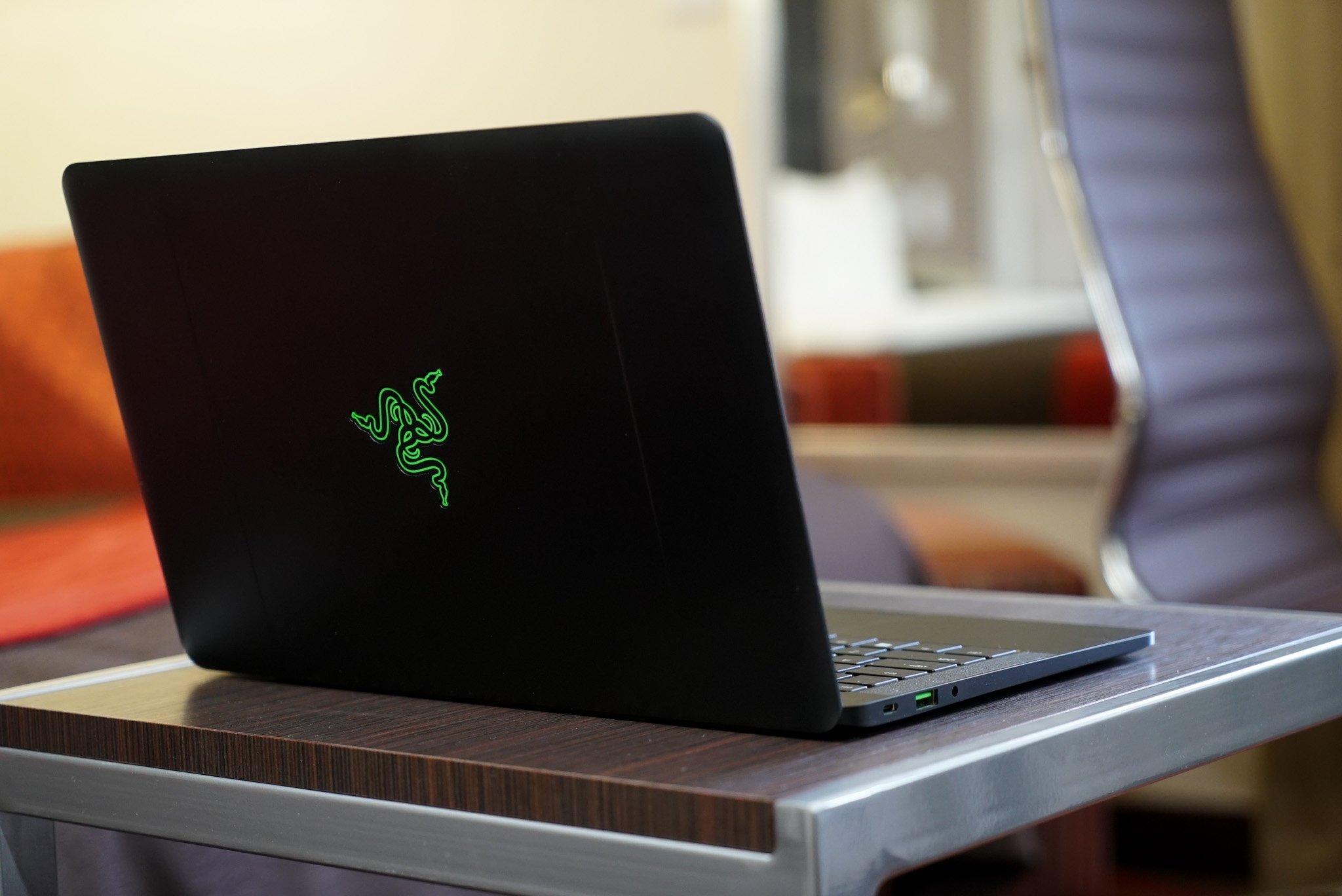What Razer has come up with is an ultrabook that can transform into an even more powerful machine when connected to the Razer Core, an external dock that brings desktop-grade graphics power to the party. Without the Core, the Blade Stealth is still a beautiful device that can handle most of your needs — just don't expect to do any serious gaming with it. And even if you're going to use the Blade Stealth as your primary laptop, there are some significant drawbacks you should know about.
Should you buy the Razer Blade Stealth? Read on for our review.
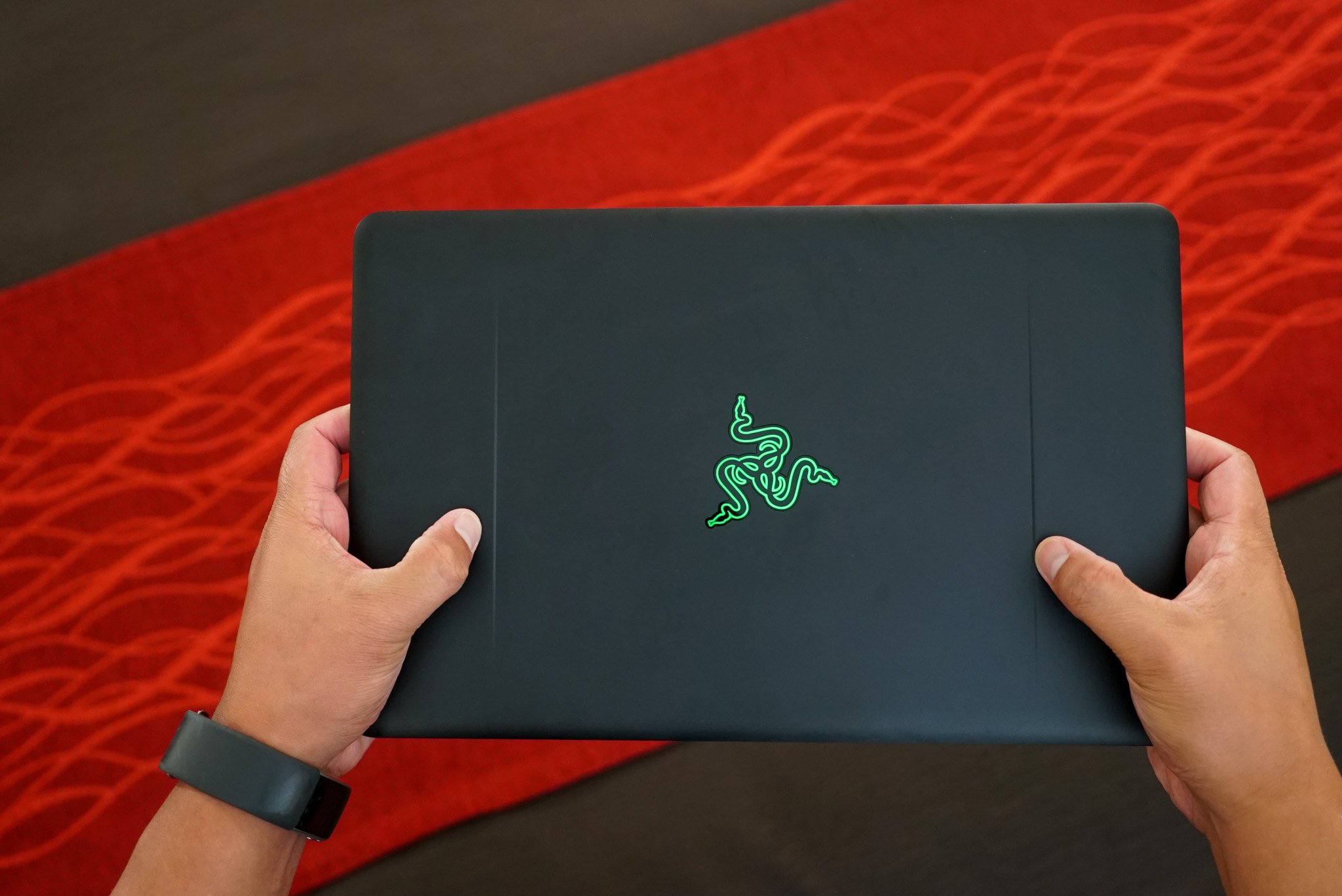
Hardware
The Razer Blade Stealth is thin, light, and features a 12.5-inch multi-touch display with up to 4k resolution. The rest of the specifications include:
- 6th-Gen Intel Core i7-6500U Dual-Core Processor 2.5GHz / 3.1GHz
- 8GB dual-channel onboard memory
- Up to 512GB SSD PCIe M.2
- Intel HD Graphics 520
- Wireless-AC (802.11a/b/g/n/ac + Bluetooth 4.1)
- Chroma anti-ghosting keyboard with individually backlit keys
The base model of the Blade Stealth comes with a QHD (2560 x 1440) display and 128GB SSD that costs $999, while the top end model with 4K display and 512GB option costs $1,599. The RAM isn't expandable, but you can upgrade the SSD on your own.

The Blade Stealth is made of CNC-milled aluminum, and it looks astonishing in black. It feels premium in the hands, too. The laptop weighs only 2.75lbs, and it's about a half inch thin. If you've held a Macbook Pro, the Razer Blade Stealth will feel familiar (though lighter and thinner). It's a fingerprint magnet, though — you'll notice it on the keyboard deck and the lid, so make sure you have a cleaning cloth around.
A standout feature for Razer Blade Stealth is its individually backlit RGB keyboard. It gives you access to 16.8 million color options to each key. There are presets available for the keyboard lights and you can even download more presets made by other people, using the Razer Synapse app. For example, the Wave preset animates all colors in a continuous wave, while the Reactive option lights up keys upon pressing before fading away.
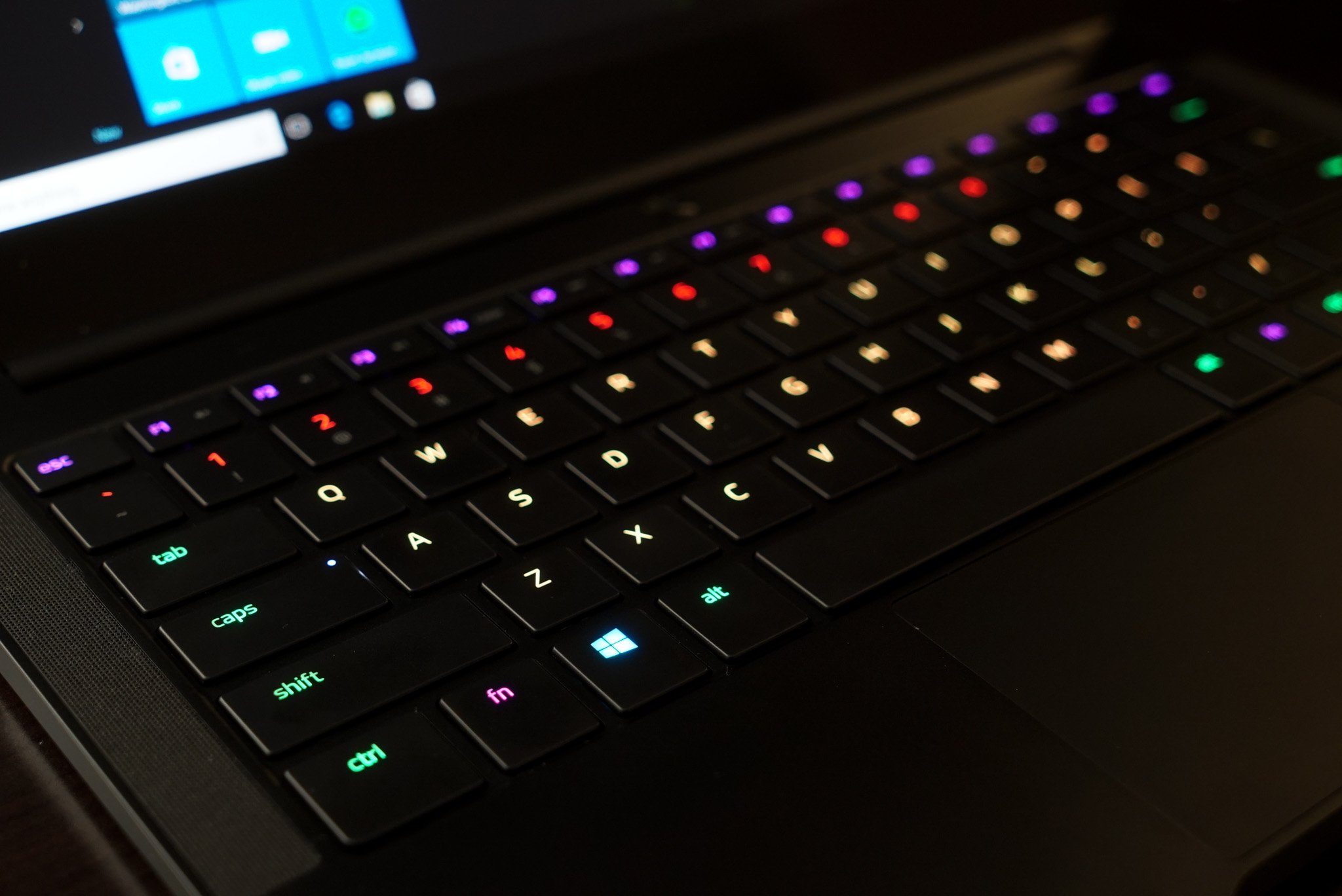
While the keyboard is impressive at first, there are some flaws. Our main complaint is that the function keys aren't lit — well, the F# portion is but the more useful everyday function commands are not — making the volume keys and punctuation marks hard to find in dim lighting. Another issue is the minimal key travel; wWhile it's not difficult to type on the Blade Stealth, it's not very comfortable to type on either.
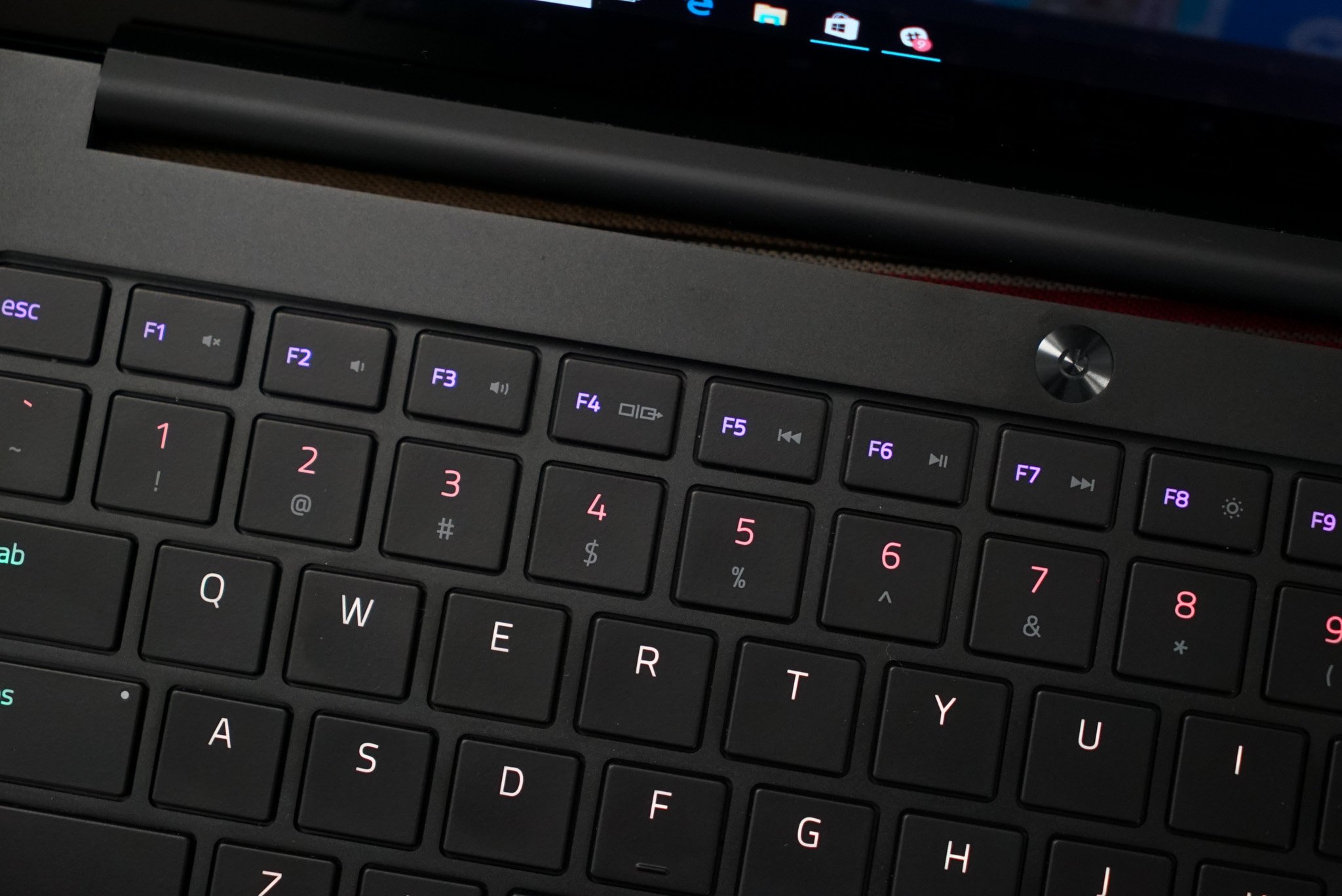
Below the keyboard is the glass touchpad that feels smooth to touch. We found the default setting to be slow for the pointer, but a quick change in the settings made it more acceptable.
Up front, everything about the 12.5-inch 4K display looks great. We have no complaints about the color, contrast, viewing angle, or brightness. The base model comes with 1440p resolution, but the review unit Razer sent us has the 4K display. If there's something to complain about, it'd be the bezel surrounding the screen — we just wish there was less of it. Though perhaps we've been spoiled by the likes of the Dell XPS series. On a positive note, the screen is very responsive to touch and we had no problems with taps, swipes, or other gestures.
Everything about the 12.5-inch 4K display looks great.
Above the display is a 2-megapixel camera useful for video calls. You can also use it with the camera app to record 1080p video. While it had great color representation, the image itself was not very sharp. For video conferencing, however, it is more than adequate.
The left side has a USB-C port with Thunderbolt 3, a full-size USB 3.0 port, and a headphone jack. The USB-C port is where you connect the charger, but it's also where you can connect the Razer Core external graphics enclosure (more on that in a bit). The right side has an HDMI port and another USB 3.0 port.
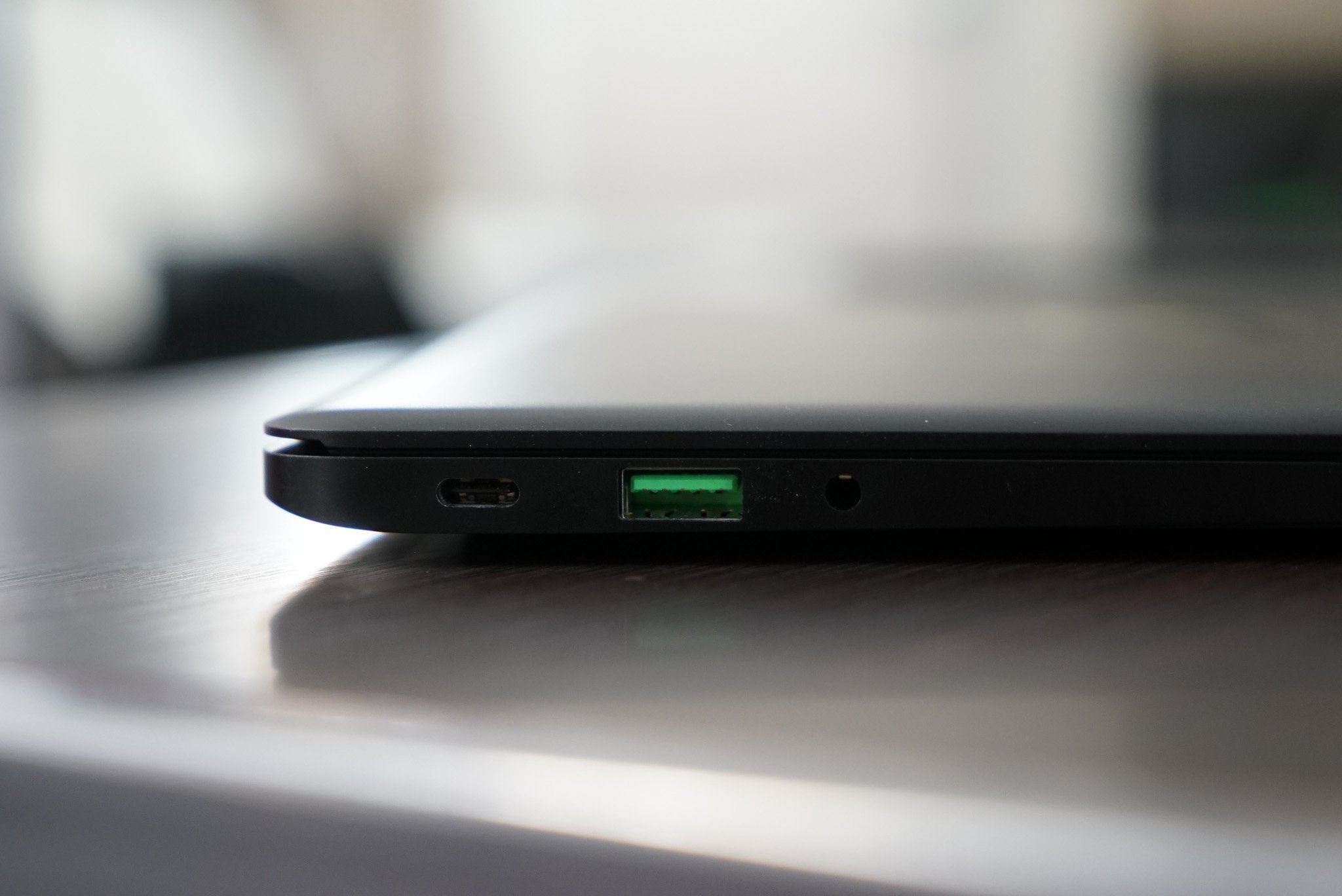
The speakers are placed on the left and right sides of the keyboard. We love the placement because they're facing towards us instead of towards the back or the bottom like in some other laptops. They're loud, clear, and we have no complaints about them.
Software
The Razer Blade Stealth comes with Windows 10 and all the things you can expect from the OS like Cortana, Windows Store, Action Center, and more. The only other pre-installed apps we noticed from Razer are Synapse and Comms. Synapse lets you customize your keyboard's lighting while Comms is a voice chat gaming messenger. We frequently uses Synapse to play the keyboard lights, but haven't needed to use Comms.
Our review unit with Intel Core i7 processor and 8GB RAM had no problems with basic tasks such checking email, browsing the web, and typing documents. We also didn't face any issues when doing some light editing with Adobe Photoshop CC and Lightroom CC.
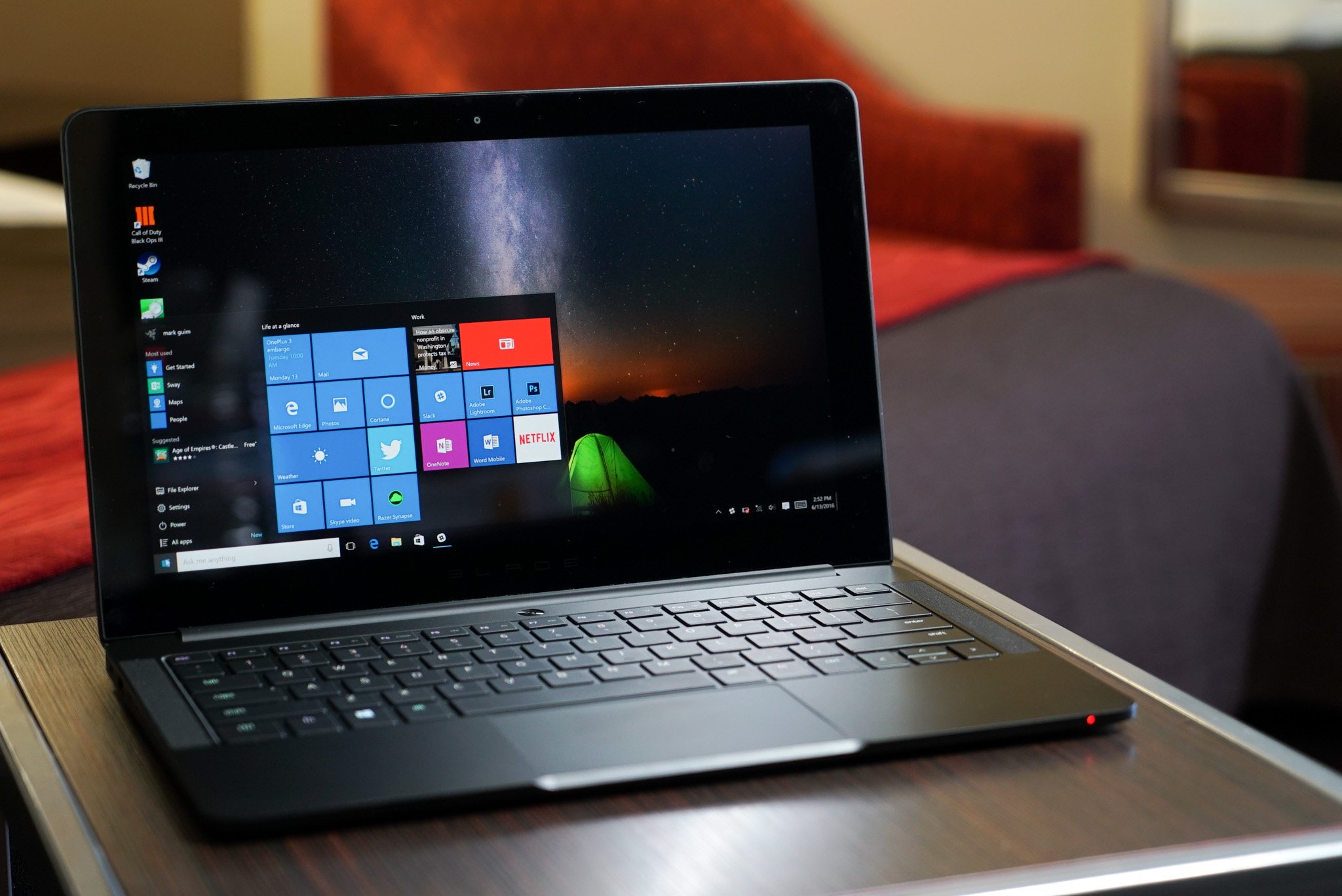
Just for giggles, we tried launching Call of Duty: Black Ops III, and the laptop expectedly struggled to keep up even at low settings. Having just an integrated Intel HD Graphics 520 GPU, you'll need to stick with more casual games from the Windows Store like Candy Crush or Crossy Road. Like we mentioned earlier, this is not gaming laptop.
If you want to play more demanding games or perform some video editing, you'll need to attach the Razer Blade Stealth to the Razer Core. It's an external dock with a more powerful graphics card inside. Unfortunately, the Core is not available yet, and it'll set you back $500 — plus the cost of the graphics card you're installing inside. It's a great solution if you want to have a very powerful machine at home that can still be a light and portable ultrabook for when you're on the go. The downside, of course, is that you're stuck with the less powerful integrated graphics when not connected to the dock.
If you're looking for numbers, the Razer Blade Stealth had a single-core score of 3,112 and multi-core score of 6,671 on Geekbench 3 benchmark. You can also take a look at the CrystalDiskMark scores below.
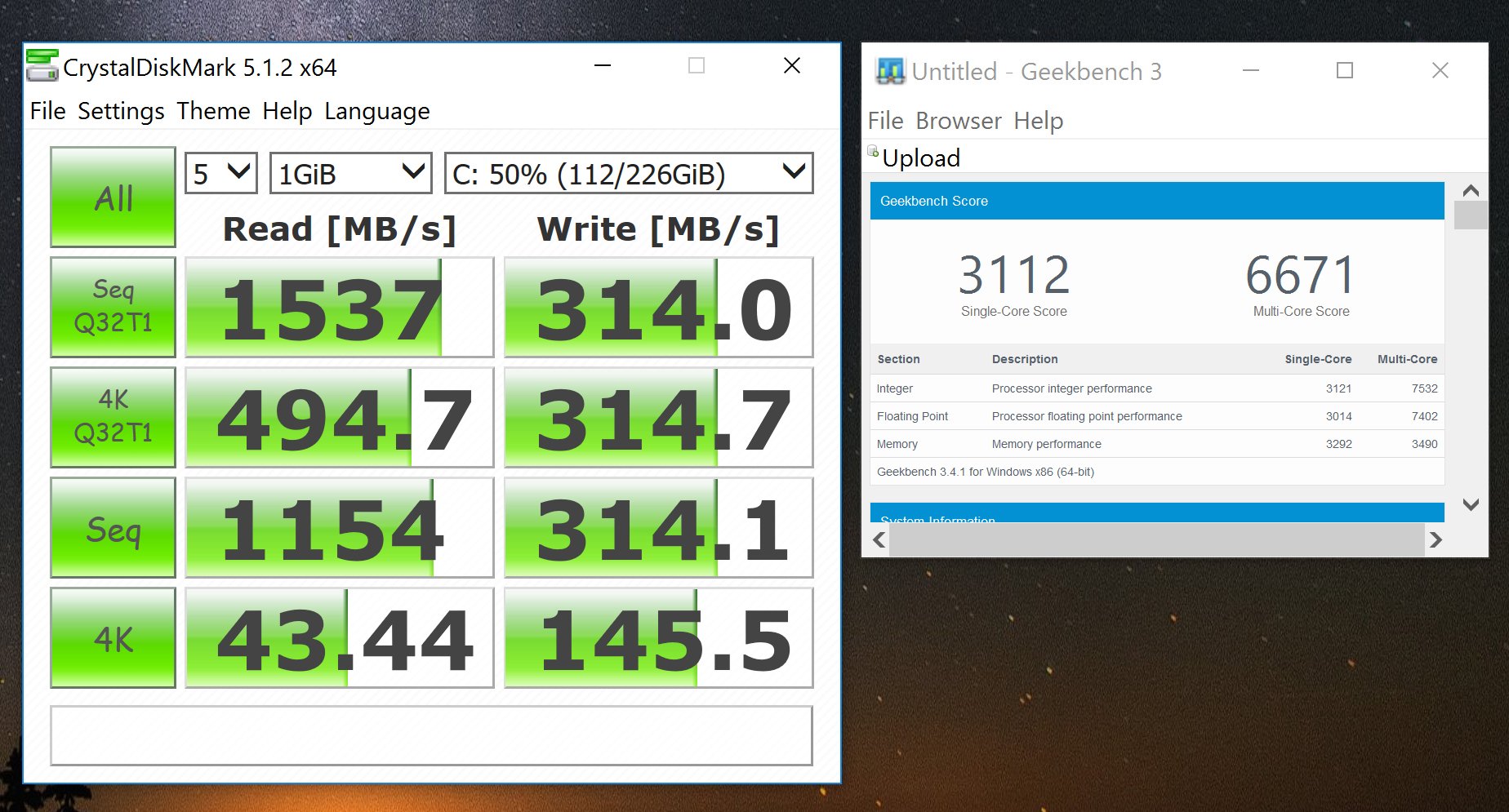
For a slim notebook, the fans don't get too loud. In a room where we measured a baseline of about 27 dB on a sound meter, it increased to just about 30 db when the fans spun during a game. The Blade Stealth also doesn't get uncomfortably hot.
Battery Life
We're very disappointed with the short battery life on the Razer Blade Stealth. On average, we get about 5 hours of usage before needing to plug the charger. We can blame the 4K display, Intel Core i7 processor, and the slim body for that, but that doesn't get around the pretty miserly battery life. On the other hand, the power brick doesn't take up much space, so it won't be a problem carrying it in the bag.
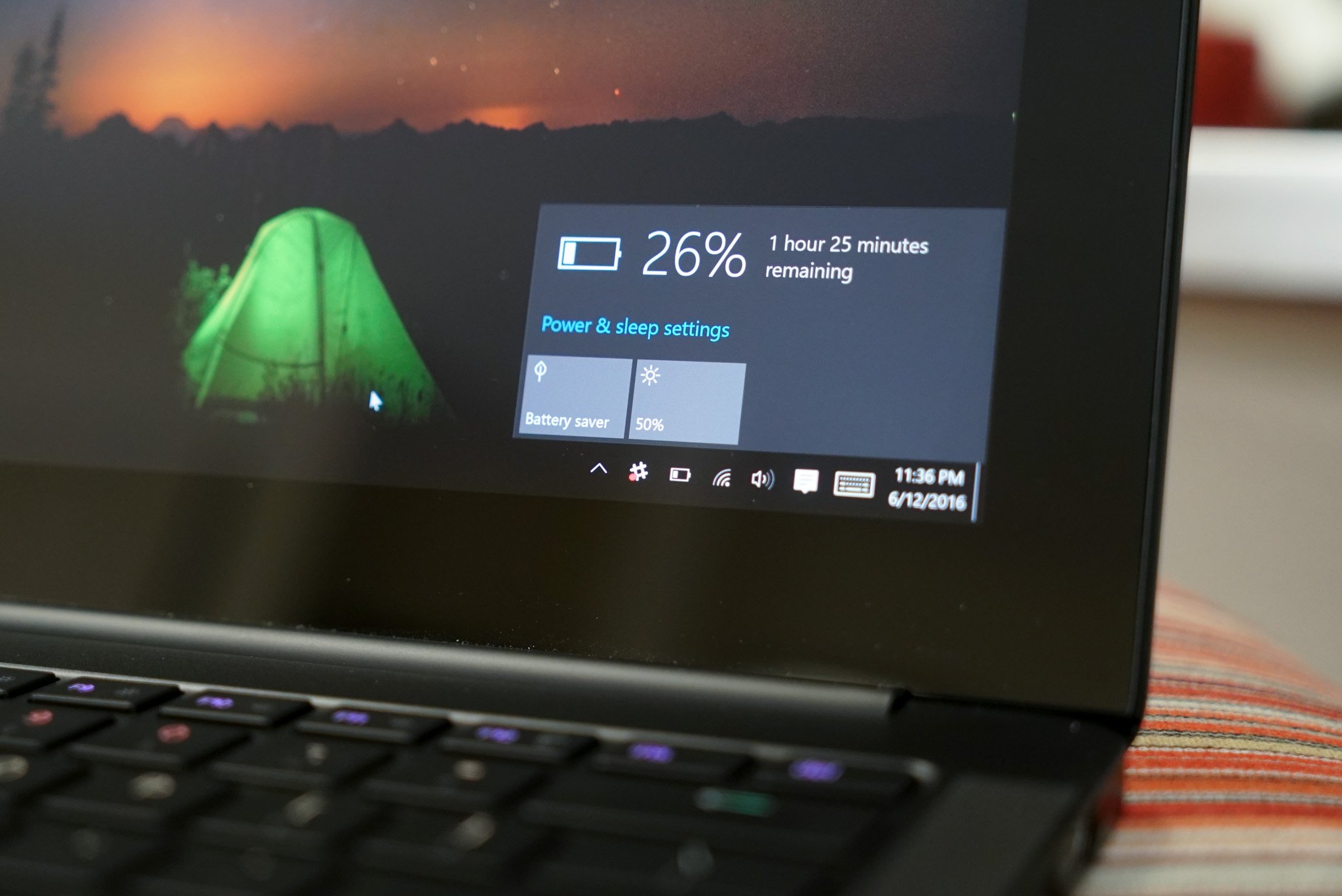
Verdict
The Razer Blade Stealth is a great ultrabook to consider, but some flaws prevent us from ultimately giving it our full-throated recommendation. We like the display, build quality, and customizable backlit keyboard, but those high points are offset by the short battery life, uncomfortable keyboard, and that it needs the Razer Core external graphics dock to play modern games, edit video, or do anything else taxing. Unfortunately, the dock isn't available yet, and it requires you to spend even more money on top of what you pay for the laptop.
If you don't need to play demanding games or edit video on the go, then the Razer Blade Stealth gives you the option of having a sleek ultrabook when you're out and about that can transform into a very powerful machine when connected to the Razer Core. If that idea sounds intriguing to you, then maybe the Razer Blade Stealth is the laptop for you.
Are you interested in the Blade Stealth? Let us know in the comments!
